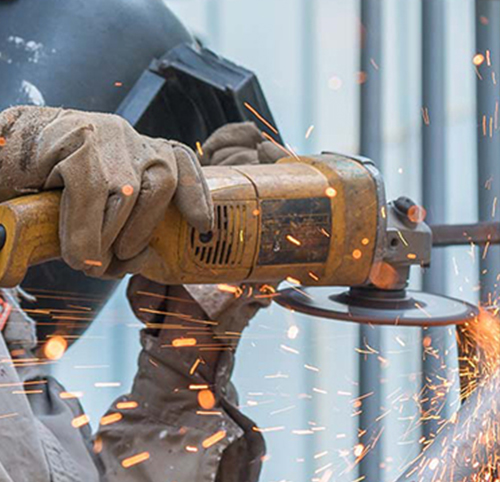Adapting Old School Buildings into New PEB Structures

Adapting Old School Buildings into New PEB Structures
Educational infrastructure plays a crucial role in shaping the learning environment and the overall development of students. In many regions, particularly in semi-urban and rural areas, a large number of school buildings are decades old, constructed using traditional methods and materials. While these structures may carry historical significance, they often face challenges such as structural wear and tear, lack of modern facilities, and non-compliance with current safety standards.
In such cases, Pre-Engineered Building (PEB) structures offer an innovative and efficient solution to transform old school campuses into modern, functional learning spaces. Adapting old school buildings into new PEB structures not only ensures safety and durability but also creates opportunities for flexible design, quicker construction, and long-term cost savings.
Why Transition to PEB Structures?
Structural Integrity & Safety
Many old school buildings suffer from weakened foundations, corroded reinforcement, and outdated construction techniques. PEB structures, built from high-quality steel and engineered for precise load-bearing capacities, provide enhanced safety and seismic resistance—critical factors in regions prone to earthquakes or extreme weather.
Time-Efficient Construction
Traditional building renovation can be a lengthy process, often disrupting academic schedules. PEB structures are pre-fabricated in manufacturing units and assembled on-site, significantly reducing construction timelines and ensuring minimal disruption to learning activities.
Design Flexibility
Modern education demands multi-functional spaces—smart classrooms, laboratories, libraries, and recreational areas. PEB systems offer flexibility in design, allowing for wide, column-free spaces and easy future expansions, catering to the evolving needs of the institution.
Cost-Effectiveness
Retrofitting old buildings can be expensive due to hidden damages and unpredictable repairs. With PEB, costs are optimised through precision engineering, minimal wastage, and lower maintenance needs over time, making it a long-term economical choice.
Sustainability
Steel used in PEB construction is recyclable, and manufacturing processes are designed to reduce waste. Replacing old structures with PEBs also allows for incorporating energy-efficient features such as insulated panels, natural lighting solutions, and rainwater harvesting systems—supporting eco-friendly campus development.
Adapting Old Buildings: The Process
1. Structural Assessment
Engineers first conduct a thorough evaluation of the existing building, checking its stability, foundation condition, and potential for reuse of certain elements.
2. Demolition & Material Recovery
Non-reusable materials are removed safely, while any salvageable components—like doors, windows, or historical plaques—can be integrated into the new design to
preserve heritage elements.
3. PEB Design & Fabrication
Based on the school’s requirements, customised PEB designs are prepared. Components are manufactured in controlled environments, ensuring precision and uniform quality.
4. On-Site Assembly
Prefabricated components are transported to the site and assembled quickly, minimising dust, noise, and disruptions.
5. Final Integration
Once the structure is in place, electrical, plumbing, and interior finishing works are completed, integrating modern amenities for a comfortable and productive learning environment.
Benefits for Educational Institutions
Improved Learning Environment: Better ventilation, lighting, and acoustics enhance student focus and comfort.
Scalability: Easy future expansions without major structural alterations.
Low Maintenance: PEB structures require minimal upkeep compared to traditional buildings.
Compliance with Modern Standards: Meets updated building codes and safety norms.
Pinax – Building the Future of Education
At Pinax, we understand that education is the foundation of a progressive society, and safe, inspiring school infrastructure is essential to nurturing young minds. With over 25 years of expertise in steel solutions and state-of-the-art manufacturing facilities, Pinax delivers pre-engineered building structures that are durable, cost-efficient, and tailored to the unique requirements of educational institutions.
From replacing outdated school buildings to creating modern campuses that inspire learning, Pinax ensures precision engineering, timely delivery, and a sustainable approach. Our commitment is not just to construct buildings, but to build the future—one strong, smart, and secure school at a time.
Additional Reading:

